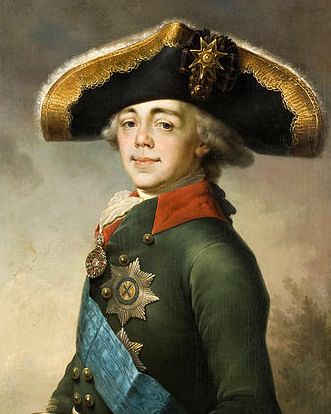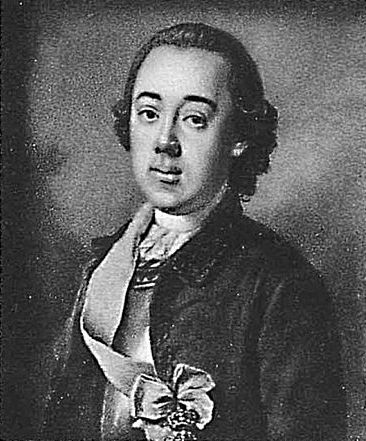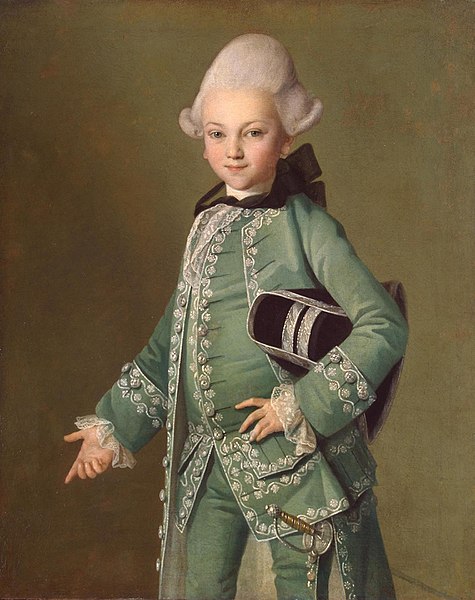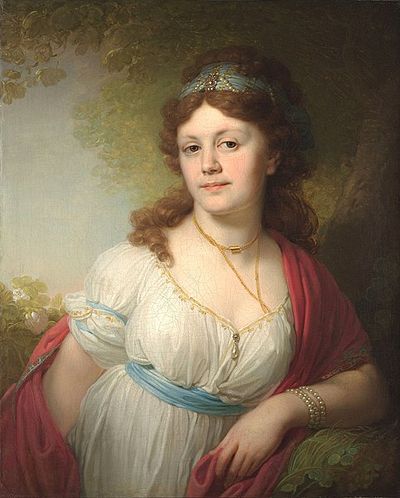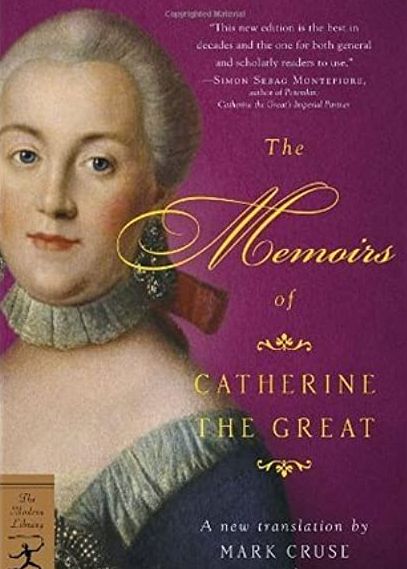Public figures are the target of gossip; it comes with the territory. And a powerful monarch who rules over millions… is going to have those millions gossiping about him/her. So Catherine the Great, the mighty empress of Russia of the 18th century, had plenty of things said about her during her lifetime. And plenty more said after her death.
Let’s fact check and see which of the rumors about Catherine the Great were true and which were not.
1. Fact check: Did Catherine the Great have many younger lovers?
Yes, she did.

Catherine acknowledged having 12 lovers in her memoirs. Some scholars believe she may have had up to 22.
Among the 12 well-known ones, 11 were younger than Catherine. Some were decades younger.
They all had a military background and usually came from the minor nobility.
The empress was always in a relationship. She said in a letter that the trouble was that her heart could not spend one hour without love.
Three lovers during her marriage
The three lovers she had while she was married were, naturally, kept more secret-ish.
Her first lover was Count Sergei Saltykov. He is the only one that was older than her.
Her second lover was Stanislaw Poniatowski, a nobleman from Poland.
Then came Grigory Orlov, who helped Catherine take the throne from her husband.
The empress’ favorites
After her husband’s death, Catherine had 9 more lovers, one after another: Alexander Vasilchikov, Grigory Potemkin, Pyotr Zavadovsky, Semyon Zorich, Ivan Rimsky-Korsakov, Alexander Lanskoi, Alexander Yermolov, Alexander Mamonov, and Platon Zubov. Some she loved, others she was in lust with.
She freely recognized those 9. Everyone in court knew they were her lovers.
Catherine the Great’s lovers: these are the 12 men she loved
2. Fact check: Were Catherine’s children illegitimate?
A tough question to answer with absolute certainty.
Catherine had three known children. The first two were recognized by her husband, Tsar Peter III. But no one is certain if they were biologically his. And her third child was certainly born out of wedlock.
Peter recognized the first two children
Many believe her first child and heir, Paul Petrovich Romanov, born in 1754, was the son of Sergei Saltykov.
The royal marriage had been childless for 8 years. Only after Catherine began her affair with Sergei, she became pregnant with Paul.
Her second daughter, Anna, who died in infancy, was born in 1757. Her father may have been the Polish prince Stanislaw Poniatowski.
Peter, who needed heirs, recognized both children.
Her third child was a secret
Catherine did not even try to pass her third child as Peter’s. Their marriage had completely broken down by then, and Peter had graduated from heir to the throne to emperor of Russia.
Catherine had the child in secret and directly sent him to be raised elsewhere.
Her son, Alexei Grigorievich Bobrinksy, was born in April 1762. His father was Grigory Orlov.
Almost 20 years later, Catherine sent a letter to Alexei telling him she was his mother.
And later on, when Catherine’s son, Paul, ascended to the throne, he called his half-brother to court. He made him a count. By then, Alexei was rich too. His father, Orlov, had left him his fortune in his will.
There are rumours that Catherine had a fourth child with the love of her life, Grigory Potemkin. That would have been in 1775 when she was a widow. The girl’s name was Elizabeta Grigoryevna Temkina. But Catherine never recognized her, and scholars now believe she was not their daughter.
Catherine hinted all her children were illegitimate
Catherine herself, in her memoirs, heavily hints that none of her children were Peter’s. And she says that when Peter found out about her pregnancy with Anne, her second child, he commented in front of others that he did not know where his wife got these pregnancies from.
Then again, Catherine had a motive to say they were illegitimate. It was her husband who was the heir to the Russian throne. She took the throne from him and from her own son.
If Catherine’s children were legitimate, they were the ones that should have been ruling Russia after Peter, and not Catherine, a foreign princess. By dismissing her son as illegitimate, she was weakening his claim to the throne and strengthening hers.
3. Fact check: Did Catherine have her husband killed?

The day Catherine deposed her husband Peter. Catherine, now tsarina, is on the balcony of the Winter Palace. The crowd and the soldiers celebrate. Copy of a painting by Joachim Kestner, c. 1765. (Photo: Wikimedia/Public domain)
We will never know for sure. And this rumour does have weight to it.
Catherine dethroned her husband. Peter had been an emperor for 6 months when Catherine and her lover, Orlov, surrounded his palace with Orlov’s soldiers.
Peter was forced to abdicate and was arrested. He was taken to Ropsha Palace, outside Saint Petersburg. Orlov’s brother was to watch over him.
And just eight days later, on July 17, 1762, Peter was dead.
No one knows how he died. There are all sorts of versions, from that the 34-year-old accidentally -and conveniently- died during a drunken brawl, to that he committed suicide.
The official cause of death was “a severe attack of hemorrhoidal colic.” Most likely, Peter was assassinated by Alexei Orlov, his guardian. Alexei’s brother Grigory Orlov, Catherine’s lover, would have plotted the death, too.
The question remains whether Catherine gave the order to the Orlovs or not.
The Orlovs could have acted by themselves. They would have known they were doing her a favor by getting rid of the legitimate tsar. And Grigory Orlov knew he had enough clout over Catherine to get away with it.
There was already another legitimate tsar, Ivan VI, imprisoned since he was a child. And some say Catherine meant to imprison Peter with unfortunate Ivan. But having two Romanov tsars around was not smart. And Catherine was smart.
On her part, she always maintained she had nothing to do with Peter’s death. Most Russians did not believe her; neither did the European courts.
The Orlov brothers were promoted for helping her with the coup. She favored them and was very generous with them thereafter -and no one was punished for Peter’s sudden death.
4. Fact check: Did Catherine cross-dress?
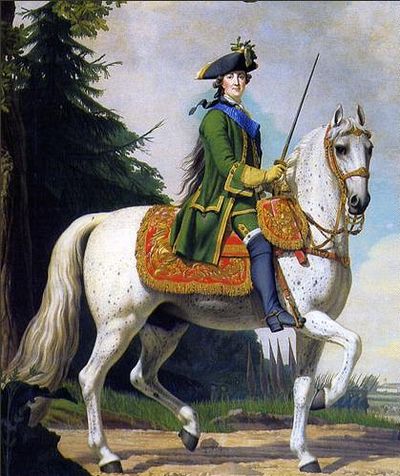
Usually, no, Catherine the Great did not cross-dress.
But there were three specific situations in which she did. One was when she was married and had lovers. In an attempt to pass unrecognized, sometimes she left the palace dressed as a man.
The second situation involved military or hunting events. In those, she did use male uniform and rode her horse astride, as men did.
Then, there were the balls. Empress Elizabeth, the aunt of Catherine’s husband, liked to dance. So she gave a ball every Tuesday for her friends. It somehow became a cross-dressing ball.
Supposedly, it had to do with Elizabeth’s vanity. The empress had always been the most beautiful woman in the court and had, thus, developed a vain side. And she liked how her legs looked in tight male pants -while in dresses they were completely out of sight. So for Tuesday balls everyone, including young Catherine, had to show up in the opposite sex’s clothes.
When Catherine became empress, she kept throwing the cross-dressing balls out of tradition.
Markled! 17 Times Meghan Markle Ditched Others Publicly
5. Fact check: Was Catherine a nymphomaniac?

The British had lots of fun making cartoons of Catherine, like this one. Catherine invaded other countries. Here, she is stepping from Russia to invade the Ottoman Empire. The Doge of Venice, the Pope, the kings of Spain, France, England, and Austria, plus the Sultan of Turkey watch. They say things like: “What a prodigious expansion,” and “The whole Turkish Army wouldn’t satisfy her.” William Holland, 1791.
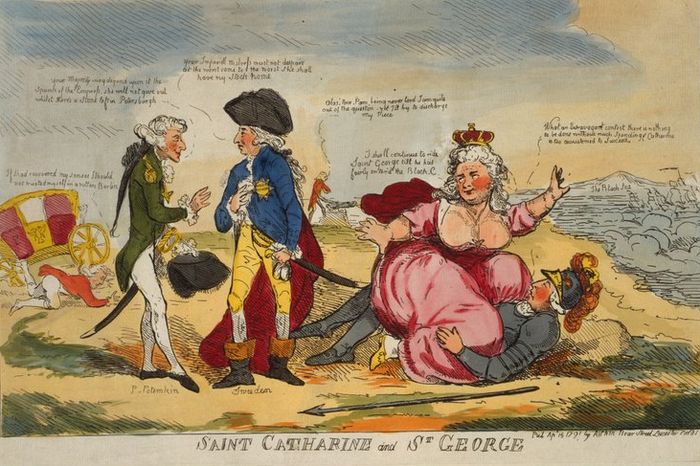
Another British cartoon. This one mocks both Catherine and the king of England. When Catherine invaded the Ottoman Empire, King George did nothing, so here he is shown under Catherine. On the left are her allies Potemkin and Sweden. All their comments have a double meaning. Published by Aitken, 1791. (Photo: Library of Congress/Public domain)
Scholars agree that it is a ‘no’ on the nymphomaniac charge.
Catherine was a person with a strong sexual appetite like, say, Julius Caesar, Napoleon, or Cleopatra, but she did not have a sex addiction.
Yet, since she was known to take younger lovers, both her enemies and the people spun tales about her libido. They joked she was insatiable, that she laid with barn animals, and so on and so forth.
Politically, Catherine was at odds with the French and the British. So they were especially fond of publishing lewd caricatures of the empress. It was a way to denigrate the powerful ruler. In all fairness, they published denigrating caricatures of all European monarchs, including their own.
Inside Russia, too, her enemies printed lewd caricatures of Catherine.
6. Fact check: did Catherine collect erotic furniture?
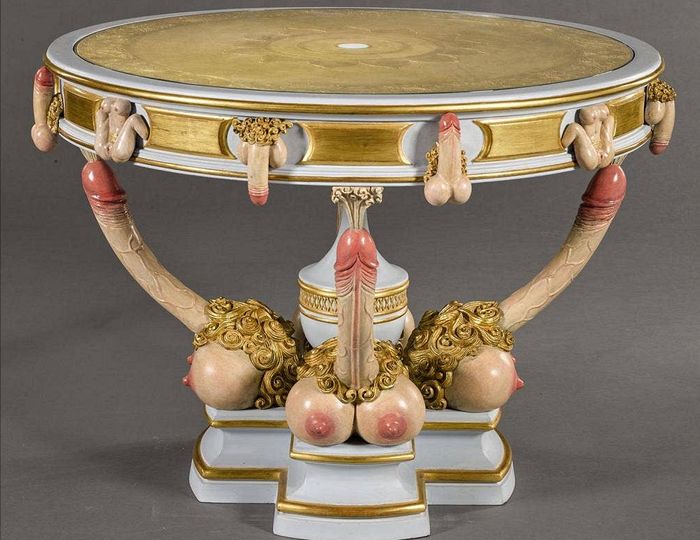
She probably did not collect erotic furniture. The proof for its existence is dodgy, at best.
Rumour had it that Catherine had an erotic room, decorated with erotic furniture, in one of her palaces. It was supposed to be either in Gatchina Palace or in Catherine Palace.
Dismissing Gatchina is easy. She built it for her lover Orlov, but since he died shortly after it was finished, she gave it to her son, Paul. Catherine never lived there. If there was an erotic room in that palace, someone else built it.
Next is Catherine Palace in Tsarkoye Selo. This is a better candidate. Catherine II did live there and remodeled the interiors. After her death, though, the palace belonged to other tsars for more than 100 years. This is the palace where Tsar Nicolas II was held prisoner with his family.
In 1917, the Russian monarchy fell, and the palace went to communist hands. If there was an x-rated room, it is surprising that the tsar’s prison guards or the communists did not publicize that fact to discredit the monarchy.
Then, Nazi troops invaded Russia during World War II. So Russian curators went to the Tsarkoye Selo palaces to salvage everything possible before the Nazis arrived. They did not report an erotic room or erotic furniture.
Afterwards, the Nazis occupied the Tsarkoye palaces. They looted what was left and sent it to Germany. The Nazis used the buildings as barracks.
And that is when the rumour revived. Two German soldiers said they saw the erotic room and took pictures of it.
But there are a lot of holes in their story. For example, they said they filed a report about it. The report was never found. They said they entered the palace in 1940. But Germany occupied Russia only in 1941. And why, out of the hundreds of soldiers that lived in the Catherine Palace, only these two saw the mischievous room? The Gestapo was headquartered in the palace next door, and they did not notice an erotic room, either.
Soon after the Nazi occupation, the Catherine Palace was sacked, bombed, and burned. So any possible evidence, or lack thereof, is gone. And only three of the soldiers’ photographs remain. One shows a table, the others, two chairs.
In 2017, Sotheby’s, the famous auction house, sold a table. It was a replica of the one that appears in the pictures. Sotheby’s does a thorough background check of the pieces before they sell them. And they did not claim the original table had belonged to the empress. They only stated that the original ‘supposedly’ belonged to her according to ‘legends.’
Verdict? It is not impossible that the tsarina would have had erotic furniture. But aside from three dubious photographs, there is no proof that she did.
7. Fact check: Did Catherine the Great own dildos?
Catherine was also said to own dildos.
None were found after her death, but the people close to her could have vanished them after she died.
Now, in her memoirs, Catherine does say she pleasured herself. She writes that when she was 13 or 14 years old, and still lived in Germany, she would, at night, place a thick pillow between her legs and “ride it” until she was exhausted.
So it is possible that she owned dildos.
8. Fact check: Was a horse involved in Catherine the Great’s death?

No horses were involved in Catherine’s death. Every scholar agrees.
According to the rumour, Catherine died by trying to have sex with a horse.
The truth is the 67-year-old empress died of natural causes, from a stroke.
No one is sure when the horse story began making the rounds, but it seems to have been decades after her death.
And now you know which rumours about Catherine the Great are true and which are not.
More about Catherine the Great:
More Articles

